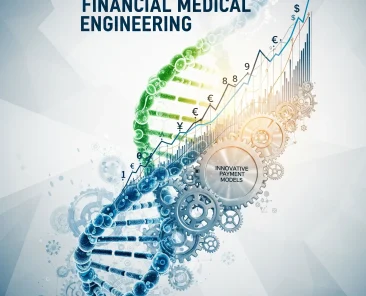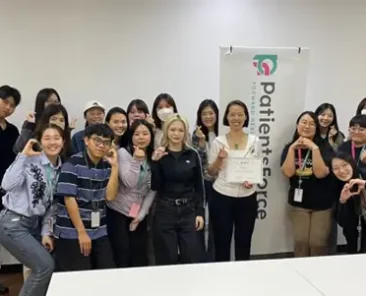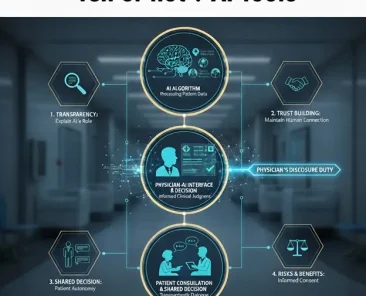The rise of precision medicine has shifted cancer treatment from inpatient chemotherapy in the past to more precise outpatient or at-home oral treatment with fewer side effects. Although this improves the quality of life of patients, it also makes traditional insurance with “hospitalization” as a claim condition facing unprecedented challenges.
1. The gap between medical expenses and claims
While universal health insurance (NHIN) provides basic protection, many innovative treatments, such as targeted drugs, immunotherapy, proton therapy, etc., may burden families financially with high out-of-pocket costs if they are not covered by health insurance5. According to the data, even the average claim amount of major injury and illness insurance is about NT$54.8, which is still stretched compared to the cost of new drugs or therapies that often exceed hundreds of thousands or even millions of NT dollars.
2. Controversy over the necessity of hospitalization
Due to the change in treatment models, many treatments that used to require hospitalization can now be completed on an outpatient basis. However, insurance companies may still require proof of “necessity of hospitalization” before settling claims, leading to an increase in claims disputes. According to a report, claims disputes due to hospitalization necessity disputes increased by 35% compared to the previous year.
3. Change in the definition of cancer
In 2019, the Financial Supervisory Commission unified the definition of cancer insurance claims, dividing cancer into three levels: “early, mild, and severe”. While this reform strengthens claims transparency, it also changes how claims amounts are calculated. For example, in the past, stage 1 breast cancer may receive 100% of the sum insured, but under the new system, it may only be “mild cancer” claims of less than 20% of the total sum insured. This means that if people still hold old policies, they need to re-examine whether the coverage is sufficient to cover current medical expenses.
The three major economic risks of cancer and the response strategies of insurance companies
After suffering from cancer, there are three major economic risks faced by families that cannot be ignored:
Loss of medical expenses, loss of life value, and loss of health
- Risk of medical expense loss: High out-of-pocket medical expenses are a heavy financial burden for ordinary families.
- Risk of loss of life value: If a working-age family pillar dies of cancer, it will lead to changes in the family’s economic structure.
- Risk of health loss: The physical and mental impact during treatment may lead to long-term inability to work or even the need to hire a nurse, and the accumulated financial losses may exceed the medical expenses themselves.
In the face of these challenges, under the guidance of policies, insurance companies have also begun to adjust their policy strategies and launch innovative products that are more relevant to their needs:
1. Strengthen major injury and illness insurance
Insurance companies mainly promote one-time major injury and illness insurance to reduce claims disputes and administrative costs. This type of insurance policy provides a large amount of cash, allowing patients to quickly obtain funds in the early stages of cancer and flexibly use them for various treatment needs.
2. Fragmented feature policies
To complement the shortcomings of traditional policies, “fragmented” policies for specific high-value out-of-pocket items have emerged in the market, such as:
- Cancer genetic testing guarantee: Provides a one-time payment to avoid multiple biopsies, saving time and energy.
- Cancer-specific particle precision radiation therapy health insurance: provides fixed benefits for high-cost treatments such as proton or heavy particle therapy
- Cancer da Vinci Surgery Medical Expense Insurance: Specializes in paying for high-precision surgery
3. The emergence of innovative insurance types
In order to cover more high-risk groups, innovative products have also emerged in the insurance market, such as:
- Substandard frail insurance policy: designed for people who are weak or have chronic diseases, with more relaxed underwriting conditions
- Post-cancer Policy: Designed for patients recovering from cancer, providing coverage for recurrence, metastasis, and follow-up treatment, breaking through the traditional limitations of pre-existing conditions
- Cancer drug/treatment policy launched by Property Casualty Insurance: The coverage period is one year, and the claims procedure is simplified, suitable for customers with specific needs.
Create a complete cancer protection network
In the face of the ever-changing healthcare environment, a single insurance product can no longer provide comprehensive protection. PatientsForce suggests that a complete cancer protection net should combine multiple products to form a strong protective shield.
- Basic protection: Choose health insurance-type major injury and illness insurance as a safety net, providing a one-time full payment, allowing patients to have sufficient flexibility to cope with initial medical expenses.
- Medical Expense Protection: With high-deductible out-of-pocket out-of-pocket insurance, it covers high medical expenses during outpatient and hospitalization, especially with the increasing popularity of outpatient chemotherapy or home oral treatment, which can fill the gap in traditional insurance.
- Cash flow protection: With a cancer lump sum claim, you can use a flexible amount of money to choose the most effective treatment and cope with the loss of income due to illness that prevents you from working.
- Long-term care protection: Consider disability assistance insurance and provide continuous benefits to support long-term recuperation needs and make up for the economic gap caused by loss of work ability.
From passive claims settlement to active planning
At present, Taiwanese people generally have problems of “age myths”, “insufficient financial preparation” and “wrong order of protection planning”. The average medical gap among Chinese people is as high as NT$112, indicating that the public is not aware of the long-term financial pressure of chronic cancer
To reverse this situation, it is crucial for insurance planning to keep pace with the times, conduct regular “policy health checks” and help patients and their families review policy contents to ensure that protection can cope with the changing medical environment.




